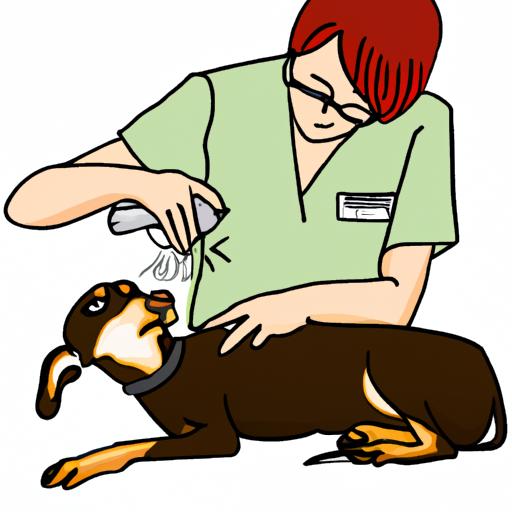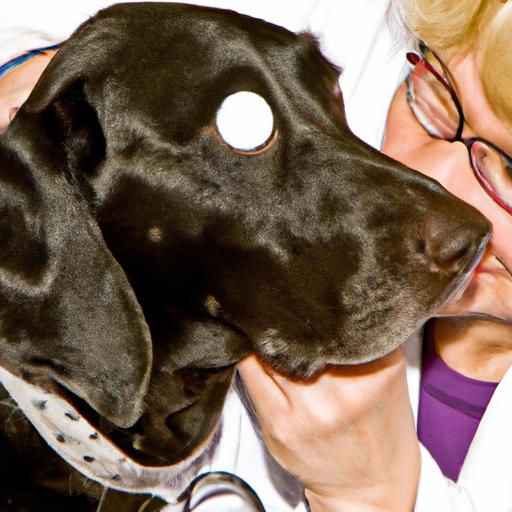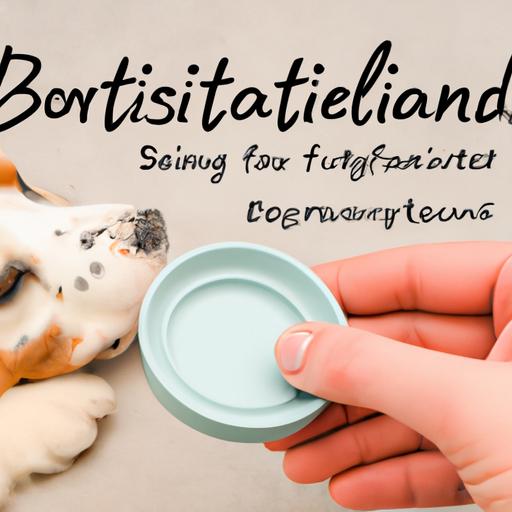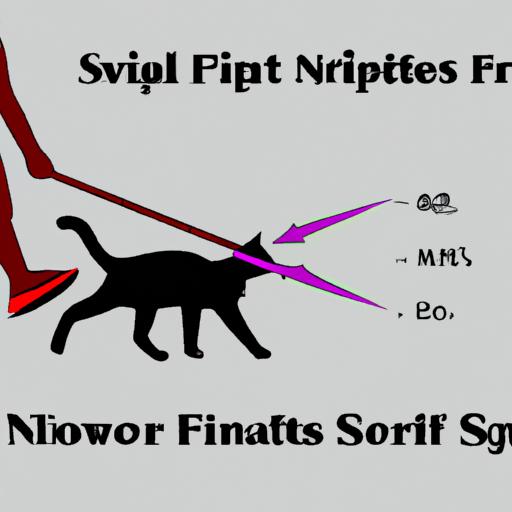
Canine Aortic Stenosis: Heart Valve Narrowing
Learn about Canine Aortic Stenosis, a heart condition in dogs characterized by heart valve narrowing. Discover causes, symptoms, diagnosis, and treatment options.
Introduction
When it comes to our furry friends, their health is of utmost importance. One condition that pet owners should be aware of is Canine Aortic Stenosis (CAS), which refers to the narrowing of the heart valve in dogs. Understanding this condition is crucial for early detection and appropriate management. In this article, we will delve into the world of Canine Aortic Stenosis, exploring its causes, symptoms, diagnosis, treatment options, and long-term implications.
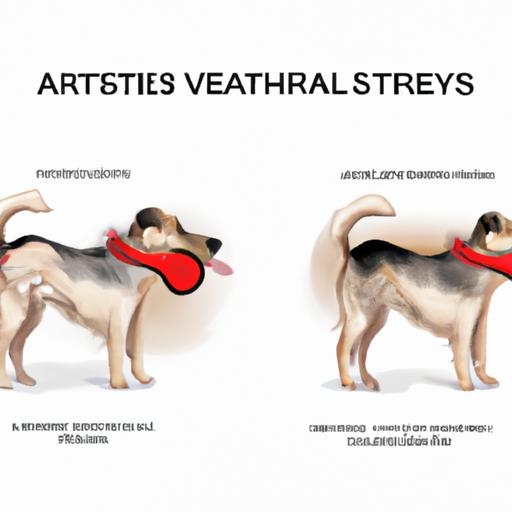
Understanding Canine Aortic Stenosis
Canine Aortic Stenosis occurs when the aortic valve in a dog’s heart becomes narrowed, obstructing the normal flow of blood. This can lead to significant health issues if left untreated. The condition can be congenital, meaning it is present at birth, or acquired later in a dog’s life. While any dog breed can potentially develop CAS, certain breeds such as Boxers, Bulldogs, and Newfoundlands are more predisposed.
Symptoms and Signs
Identifying the symptoms of CAS is crucial for early intervention. Some common signs to watch out for include:
- Fatigue or lethargy
- Difficulty breathing or rapid breathing
- Fainting or collapsing episodes
- A heart murmur detected during a veterinary examination
Diagnosis Methods
To diagnose Canine Aortic Stenosis, veterinarians employ various methods. These may include:
- Physical examination: Listening for abnormal heart sounds or murmurs using a stethoscope.
- Echocardiography: An ultrasound of the heart to visualize the structure and function of the aortic valve.
- Doppler echocardiography: A specialized ultrasound technique to assess the blood flow through the narrowed valve.
- Electrocardiogram (ECG): A test that measures the electrical activity of the heart to detect any abnormalities.
Frequently Asked Questions about Canine Aortic Stenosis
What breeds are most susceptible to CAS?
While CAS can affect any breed, certain dog breeds have a higher predisposition. Boxers, Bulldogs, Newfoundlands, and German Shepherds are among the breeds commonly associated with Canine Aortic Stenosis. However, it is important to note that any dog, regardless of breed, can develop this condition.
Can CAS be prevented?
Unfortunately, Canine Aortic Stenosis cannot be prevented as it is often congenital. However, early detection through regular veterinary check-ups can greatly improve the prognosis and quality of life for affected dogs. Proper management and treatment are essential for minimizing the impact of CAS on a dog’s health.
How is CAS treated in dogs?
The treatment for Canine Aortic Stenosis depends on the severity of the condition. Mild cases may not require immediate intervention, but regular monitoring is essential. In more severe cases, medication may be prescribed to manage symptoms and improve heart function. In some instances, surgical intervention, such as balloon valvuloplasty or valve replacement, may be necessary to alleviate the obstruction and improve blood flow.
Are there any long-term implications for dogs with CAS?
Canine Aortic Stenosis can have long-term implications for affected dogs if left untreated or poorly managed. It can lead to heart failure, arrhythmias (irregular heart rhythms), and even sudden cardiac death. However, with proper detection, treatment, and regular follow-up care, dogs with CAS can lead fulfilling lives and enjoy a good quality of life.
Conclusion
Canine Aortic Stenosis is a condition that dog owners should be aware of to ensure the well-being of their beloved pets. Early detection through regular veterinary check-ups and awareness of the symptoms are crucial. By understanding the causes, symptoms, diagnosis methods, treatment options, and long-term implications of CAS, pet owners can take proactive steps to manage this condition effectively. Remember, a healthy heart leads to a happy and active four-legged friend. So, let’s prioritize their cardiovascular health and provide them with the care they deserve.
Note: The content provided in this article is for informational purposes only and should not be considered as veterinary advice. If you suspect your dog may have Canine Aortic Stenosis, please consult a qualified veterinarian for a proper diagnosis and guidance on treatment options.

